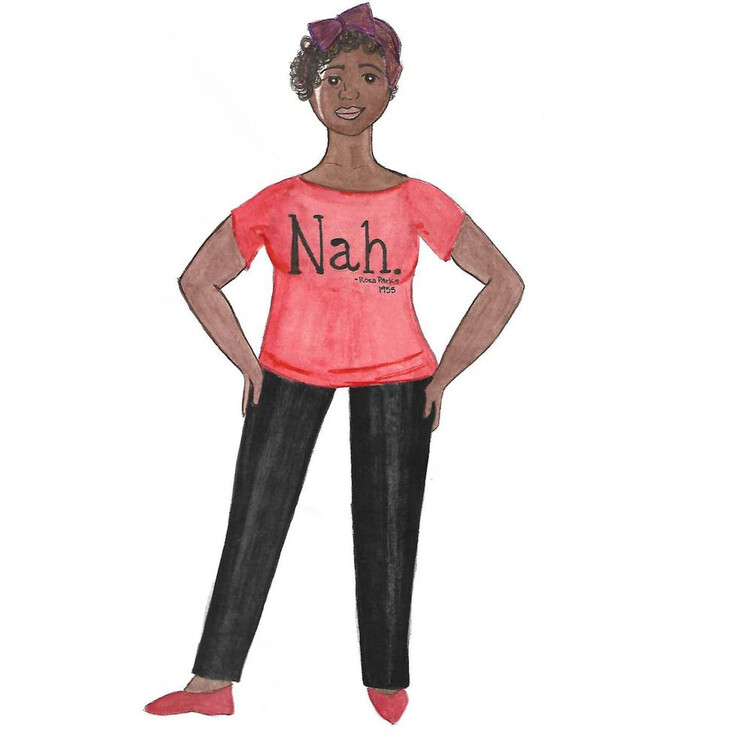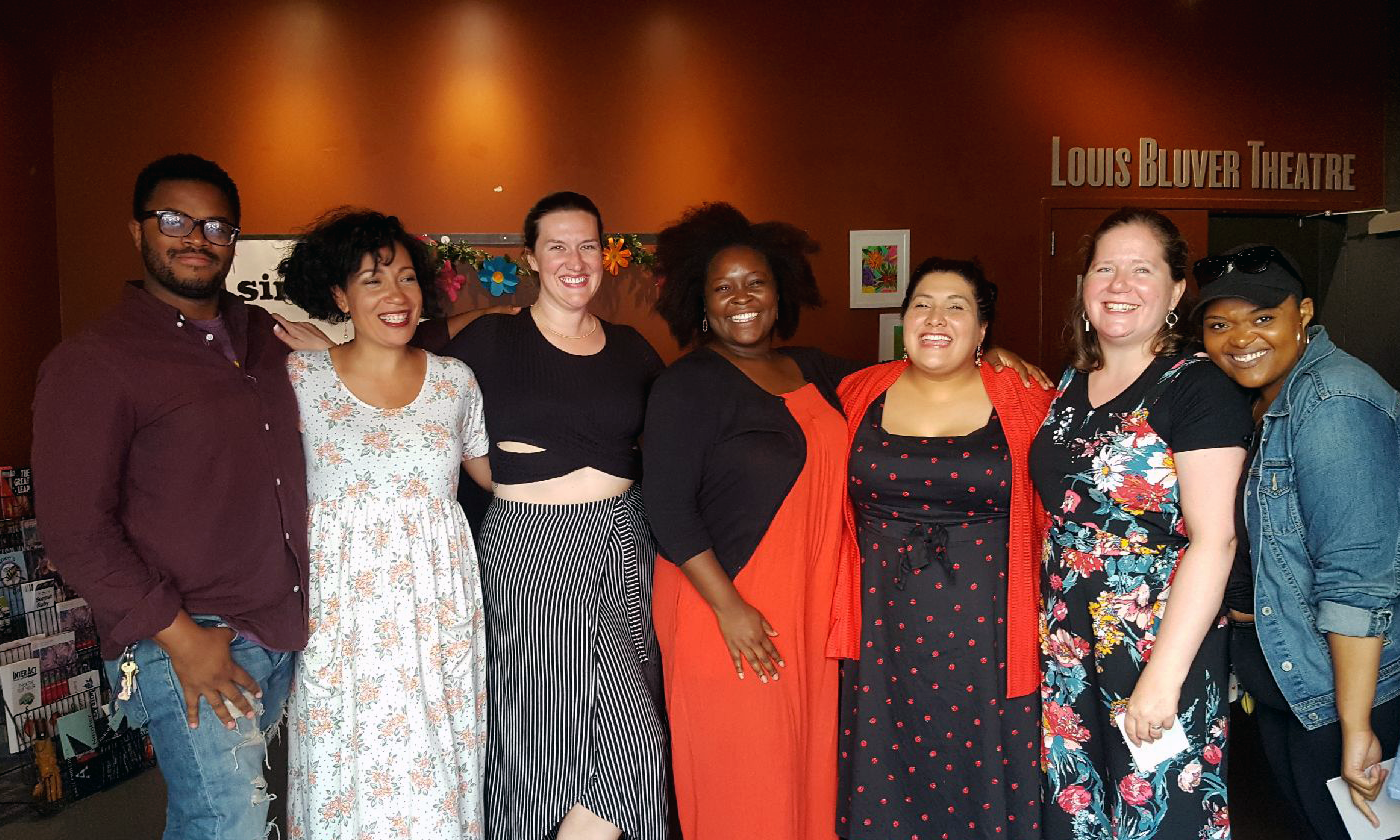Parenthood and Race
Dr. Robin DiAngelo, author of White Fragility, says, “You cannot talk about any other issue without talking about how race informs that issue.” When we don’t view systematic inequity through the lens of race and racism, our anti-oppression practice remains rooted in oppressive values and inactive language.
The term “child friendly,” as I understand it, is an abstract noun, which is something that exists in thought without being concrete and, in many instances, operates to protect white supremacy culture through generality and vague, unofficial policy. Due to the indeterminate nature of the conference’s family-friendly policy, I had intuited the space as inhospitable for my children to attend, which was further fortified by seeing only white children present.
When we don’t view systematic inequity through the lens of race and racism, our anti-oppression practice remains rooted in oppressive values and inactive language.
For the convening I helped plan, “child friendly” functioned as a demonstrative expression lacking application, which resulted in my failure to advocate for parent support. My personal lack of interrogation of the term is in part due to how normalized my experience of not being supported is, paired with the toxic “exceptional Black womxn” myth that reinforces that I should be able to carry the weight of everyone’s needs before attending to my own.
Certainly if the issue of parent support was reconstructed as an issue of race and racism, my response would have been activated to right the imbalance of superficial resources enacted to support parents of color in the arts.
Going Big to Go Small
Looking first at issues that parents of color face can provide a more holistic and deeper understanding of the obstacles in front of them, which informs what resources they may need in order to feel supported. For example, my gender and race make me susceptible to lower pay; people like me earn roughly $0.74 for every dollar a white man earns. Womxn are more likely to be penalized for taking time off work to care for children or aging family members than men. Black womxn stagnate in their careers and are less likely than white women to make it to executive level positions; when they do, they are often put in charge of organizations that are in disrepair. Black womxn are also more likely to be watched over by their white counterparts, which leads to lower performance reviews.
Knowing that the roots of the theatre industrial complex are overwhelmingly capitalist, racist, patriarchal, and ableist—a sentinel of white feminism and staunch advocate of meritocracy—provides a wider framework for organizations to begin to effect the necessary long-lasting change that will have considerable impact for parent-artists. Enacting anti-racist policies and practices, which function to create equitable workplaces and events, changes the way we perceive the world and generates a ripple effect on the decisions we make. The task of uprooting oppression is for all of us to do and is more effective when we prioritize anti-racist and anti-oppressive ideology in our decision-making.
The task of uprooting oppression is for all of us to do and is more effective when we prioritize anti-racist and anti-oppressive ideology in our decision-making.
Steps to Supporting Parent-Artists with an Anti-Racist Lens
There is such a long history of mistrust between white people and Black, Indigenous, and people of color communities, which cannot be remedied by a generic “family friendly” invitation to a conference. It’s difficult to repair trust when communication is not clear around whose experience and comfort is being prioritized.
In terms of parent-artist support, there needs to be an active acknowledgement and commitment through written policy about harm reduction, harm prevention, and relationship repair. These tenets provide the foundation of transparency, accountability, and admission, acknowledging both how American society utilizes policies to destabilize families of color and what is being done to counter those policies.


















Comments
The article is just the start of the conversation—we want to know what you think about this subject, too! HowlRound is a space for knowledge-sharing, and we welcome spirited, thoughtful, and on-topic dialogue. Find our full comments policy here